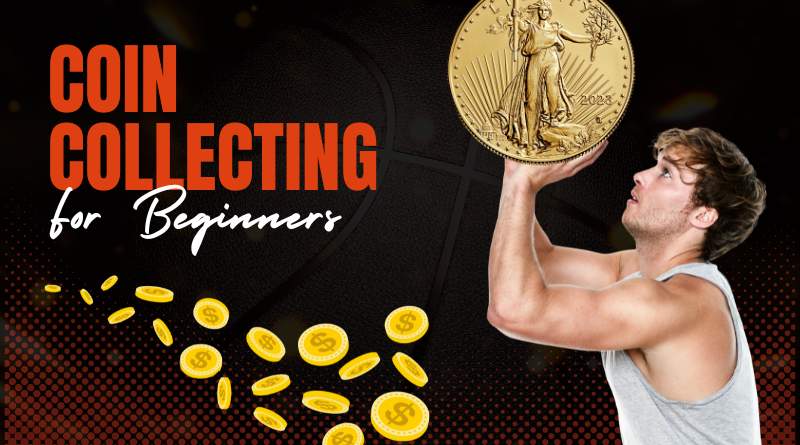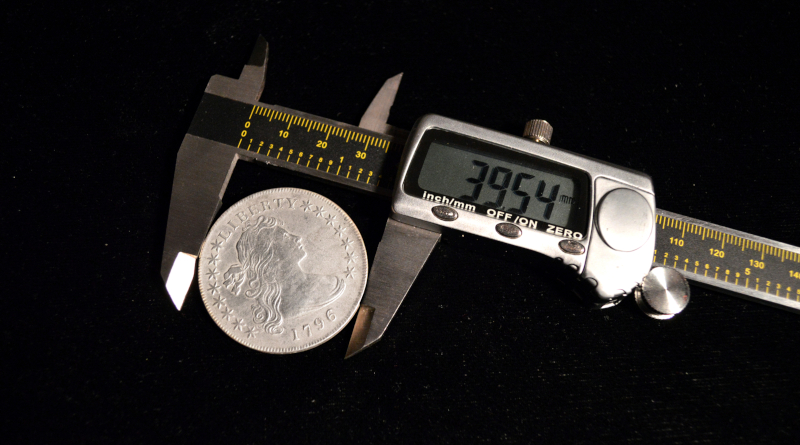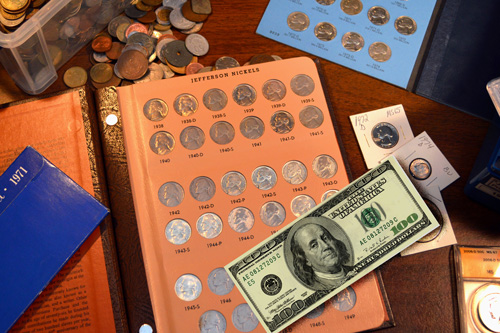Money, Myths, and Misconceptions
Over the years, there have been many falsehoods regarding U.S. currency and coin collecting. Here are the top seven.
There are many myths, legends, and fabrications about United States coins and our monetary system. Here are the top seven most common misconceptions.
The Older the Coin, the More Valuable
Sometimes this happens to be accurate, but most of the time, it is not. The age of a coin has minimal impact on its value. Although many factors determine the value and price of a coin, the two biggest ones are supply and demand. When the two of them work against each other, the value of a coin will go up. In other words, if there are a lot of coin collectors looking for a particular coin and the supply is very low, the price will be very high.
For example, a 1914-D Lincoln penny has a mintage of approximately 1.2 million coins. A 1910-S Barber dime also has an approximate mintage of 1.2 million coins. In uncirculated condition, the Lincoln penny sells for over $3,000, while the Barber dime in uncirculated condition sells for $700. More people collect Lincoln cents than Barber dimes, and therefore the demand for them is higher.
Supply also drives the price. In 1916 only 52,000 Standing Liberty quarters were made. One of these coins in uncirculated condition sells for $17,000. You can pick up a 2000-year-old ancient coin in decent shape for around fifteen dollars.
Shiny is Better! So, Clean Your Coins before You Sell Them
Many people believe this and will clean their coins using acids or abrasive materials like cleanser to "shine up" their coins. Nothing could be further from the truth. Cleaning a coin will damage the surface of the coin, and coin collectors do not like to buy damaged coins. In fact, coin dealers and seasoned coin collectors can tell if a coin has been cleaned.
A coin dealer in California told me a story about a lady who brought an 1892-S Morgan silver dollar into her coin shop. Before she brought the coin into the store, she took her polishing cloth that she used for polishing her silverware to "shine up" the coin. Effectively she damaged the coin so much she reduced its value from $80,000 down to $30,000 because the coin was cleaned.
If I Haven't Seen It, It Must Be Valuable
Many people are very familiar with the coins in everyday circulation. They mostly see Lincoln cents, Jefferson Nickels, Roosevelt dimes, and Washington quarters. Occasionally, they will come across a foreign coin in their pocket change. However, when they find a United States coin that they have never seen before, they assume it is valuable.
For example, in 1943, the United States stopped using copper to produce its pennies. They replaced the metal with zinc-coated steel. Since these pennies are not copper in color, many people assume they are "silver pennies" and must be valuable.
Additionally, new collectors will find a coin and look it up in a value guide such as the Redbook. When they see that there is not a value for their coin and instead they find a "-", they assume it is valuable. Actually, this is an indicator that there is not enough information to determine an average market value.
The Federal Reserve is a U.S. Government Agency That Controls the U.S. Economy
The Federal Reserve is not a government agency but an independent entity that is regulated by the United States government and preserved by the largest banks in the United States. It was created in 1913 by the Federal Reserve Bank Act with the purpose of making monetary policy, supervising and regulating banking institutions, and providing financial services to other depository institutions and the United States government. The Board of Governors in Washington, D.C., is an agency of the federal government and reports to and is directly accountable to the Congress of the United States.
Additionally, its policies and actions do not have to be approved by the president or any legislative branch of the United States. It does not receive any funding from the United States government and operates independently of any governmental power. Although it does not directly control the United States economy, it does have some powerful influences.
The U.S. Can Print All the Money It Wants to Pay Its Bills
The United States prints its paper money at the Bureau of Engraving and Printing and manufactures coins at the United States Mint. Except for selling special sets and specimens directly to coin collectors, all coins and paper money that enters circulation must be purchased by the Federal Reserve Bank.
It costs the United States approximately twelve cents to print a twenty-dollar bill. When they sell it to the Federal Reserve Bank for twenty dollars, the Treasury Department makes $19.88 for every note that the Fed buys. If the government needs money to pay its bills, it must borrow it just like the rest of us. The total amount of debt that is outstanding is known as the National Debt.
You Must Be Dead to Be On a U.S. Coin
Initially, United States coins featured allegorical representations of Lady Liberty. It wasn't until 1892 that a real person, Christopher Columbus, appeared on the World's Columbian Exposition Commemorative half dollar. It then became a tradition that only deceased people could appear on United States coins. Currently, it is a law that presidents must be dead at least two years before appearing on a coin.
However, legislation has been passed that has allowed the following people to appear on U.S. coins while they were still alive:
1. Alabama Governor T.E. Kilby on the front of the 1921 Alabama Centennial half-dollar
2. President Calvin Coolidge on the front of the 1926 Sesquicentennial of American Independence half-dollar
3. Senator Carter Glass on the front of the 1936 Lynchburg, Virginia, Sesquicentennial half-dollar
4. Senator Joseph T. Robinson on the back of the 1936 Robinson-Arkansas Centennial half-dollar
5. Nancy Reagan on the front of the 2016 First Spouse $10 Gold coin (Note: Nancy Reagan was still alive when this coin was approved by Congress and minted. However, she died before it was officially released to the public)
Everybody Makes Money Collecting Coins
Through the power of the Internet and social media, some people have been convinced that coin collecting is an easy way to make money. For anybody who has been collecting coins for a while, we know that this is far from the truth. Yes, some people can make a quick buck by flipping coins from the United States Mint. However, the main reason to collect coins is to derive enjoyment, accomplishment, and making friends with similar interests.

Download the Greysheet app for access to pricing, news, events and your subscriptions.
Subscribe Now.

Subscribe to RQ Red Book Quarterly for the industry's most respected pricing and to read more articles just like this.
Author: James M Bucki
Related Stories (powered by Greysheet News)
View all news
A die variety occurs when there is an intentional or unintentional change or variation to the design on the coin die.

There are many reasons people start collecting coins: for fun, profit, even investment. It's best to learn the basics before you jump in too quickly.

Detecting counterfeit coins is a science that requires skill and experience to perfect.









Please sign in or register to leave a comment.
Your identity will be restricted to first name/last initial, or a user ID you create.
Comment
Comments